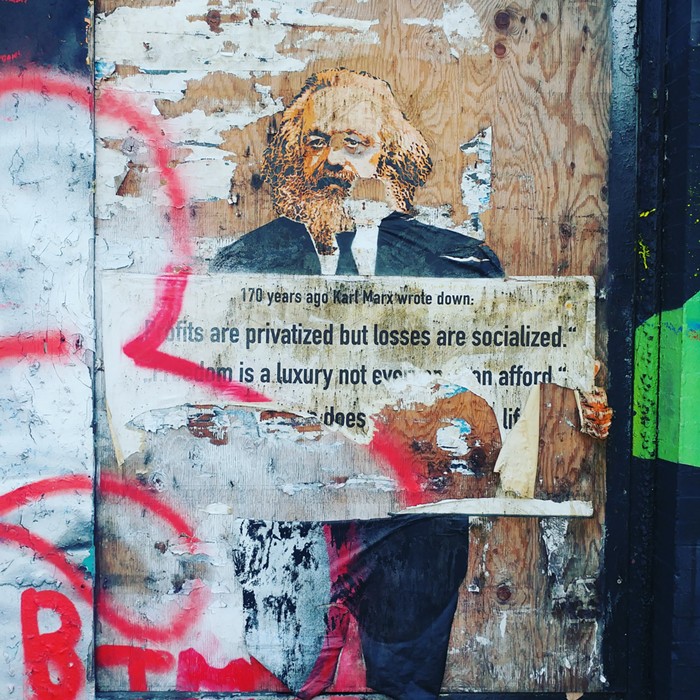Building the nation's largest coal export terminal outside of Bellingham, Washington, could delay traffic in Seattle at eight key points in Belltown and SoDo by one to three hours, significantly impacting commuter traffic and emergency vehicles' response times, according to a traffic study released today and commissioned by the City of Seattle. (If you're not familiar with the coal train controversy, go read this.)
The study found that wait times for train crossings in SoDo and Belltown would increase by 15 to 49 percent in 2015; by 2026, when the coal terminal would be fully operational, traffic delays could increase by 31 to 108 percent.
“It would create a wall along our waterfront,” said Mayor Mike McGinn in a press conference. “The data suggests there will be more frustrations, more bikers, drivers and pedestrians 'shooting the gap' to get across—which means the potential for more accidents."
The study, conducted by Parametrix consulting firm, used current traffic volumes at the Broad, Clay, Vine, and Wall Street train crossings in Belltown, as well as Holgate, Horton, Lander, and Spokane Street crossings in SoDo, to estimate the traffic impacts of moving 10-18 coal trains per day through Seattle. Each train would be approximately 1.6 miles long and traveling 20 mph, the study estimates, meaning that each train would delay traffic by roughly five minutes.
For example, the 14,080 drivers who commute daily along Lander Street already face a total of 3.5 hours of "daily gate down time" when trains cross the intersection. But the study found that traffic delays caused by 10 additional coal trains could increase at the intersection by one-third in 2015, to five hours a day. By 2026, drivers who take Lander Street could face over six hours and forty minutes of delays.
Compounding traffic problems, the coal trains would run on a 24-hour schedule—meaning these delays would occur routinely throughout the day, instead of being concentrated during off-peak traffic hours. And when you add mile-long trains to Seattle rush hour, "vehicle lines may not fully dissipate before the next train crossing, meaning some drivers would have to wait for multiple trains to pass before being able to gross to the other side of the tracks," explains McGinn.
The study found that some vehicle queued up for train crossings downtown and in SoDo could get 900-1,000 feet long as cars wouldn't have time to clear out entirely during train crossings between 5:30 to 6:30 p.m. This is especially dangerous for three Fire Stations—one under construction on 4th Avenue S, another on Alaskan Way, and a third on Fourth Avenue—whose emergency response times could be impacted by the delays.
"When we run trains through SoDO and [in Belltown], it impacts all modes—trains, cars, pedestrian, transit," McGinn said. "The public and policymakers need to take a close look at these findings as we examine the proposal to export more coal."
"The impacts on traffic, the impacts on employment, commuter traffic, they’re all negative for Seattle," added Seattle City Council member Mike O'Brien. "There is no benefit. This is about being a leader to building a sustainable system… if a project like this goes forward, our progress [to become carbon neutral by 2050] goes down the drain."
"I’m going to be reaching out to other mayors, other cities that have train tracks running through their cities and suggest that they take a close look at that, too," McGinn said.
McGinn and the Seattle City Council are part of a highly critical group of Washington and Oregon public officials who object to accommodating the coal trains but lack the authority to prevent them from rumbling through their cities, spewing coal dust and clogging up traffic. McGinn and the Seattle City Council intend to present their traffic study's findings on November 13, when the state's Ecology Department holds a public hearing on the proposed Cherry Point terminal. Their political strategy appears to be to highlight the transportation, economic, and health impacts of coal trains, hopefully creating a public groundswell of opposition and prompting mitigation costs high enough to dissuade coal companies from developing at Cherry Point.













